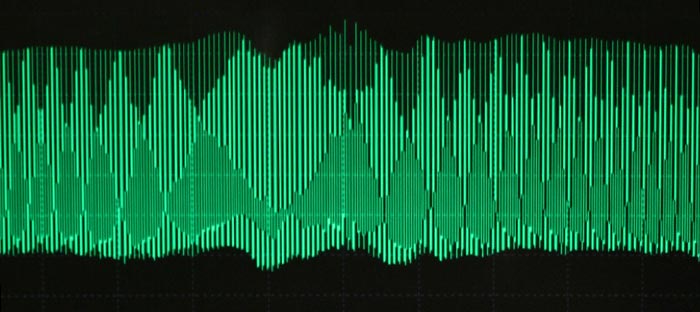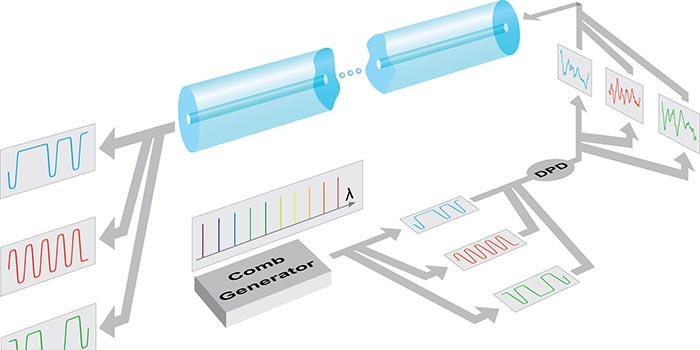Fibre optic cables are often regarded as offering the ultimate in connection speeds and are used in the backbone of the internet. There are of course limits - as engineers ramp up power levels, to push more data though fibre cables aiming to span larger distances at faster rates, distortion limits the achievable speeds and the cable lengths between repeaters. Now, thanks to researchers at the University of California at San Diego, "a long-standing roadblock to increasing data transmission rates," in fibre optic cabling has been removed.

Nikola Alic, a principal in the experimental effort, explained what the research team has achieved, "Today's fibre optic systems are a little like quicksand. With quicksand, the more you struggle, the faster you sink. With fibre optics, after a certain point, the more power you add to the signal, the more distortion you get, in effect preventing a longer reach. Our approach removes this power limit, which in turn extends how far signals can travel in optical fibre without needing a repeater."
Record breaking tranmission distance
The application of wideband 'frequency combs' to optical networking data transmission is the key innovation implemented by the researchers at UC San Diego. "Pre-empting the distortion effects that will happen in the optical fibre" makes the cabling 'crosstalk' predictable and therefore reversible at the receiving end.

Using the new technique, data transmissions were sent and successfully decoded after passing though a record breaking 12,000 kilometres (nearly 7,500 miles) of fibre optic cable. Furthermore only standard amplifiers were used and no repeaters deployed. Normally the expensive repeater equipment must be stationed every 100 kilometres (60 miles) along the cabling route to stop the signal being corrupted by noise.
You can read more into the technical details behind this development in the journal Science or on the UC San Diego Jacobs School of Engineering blog.













